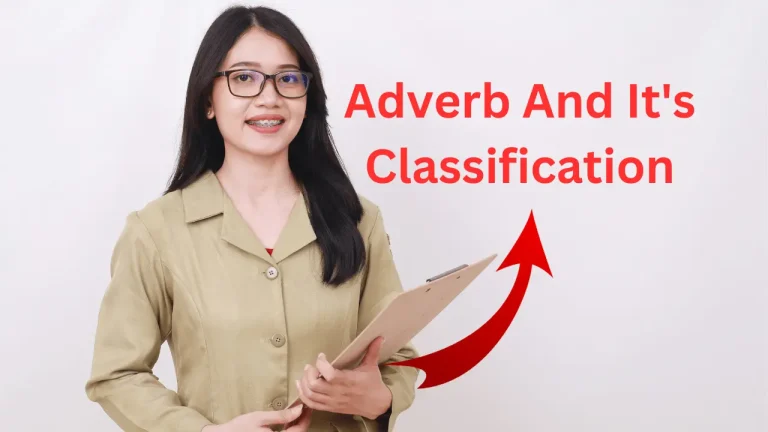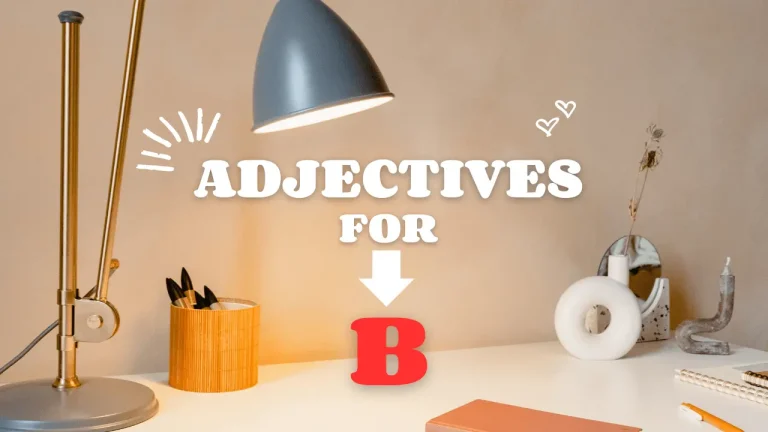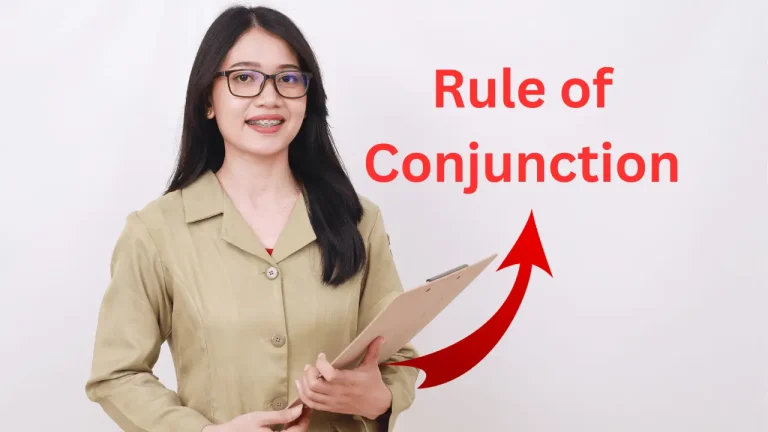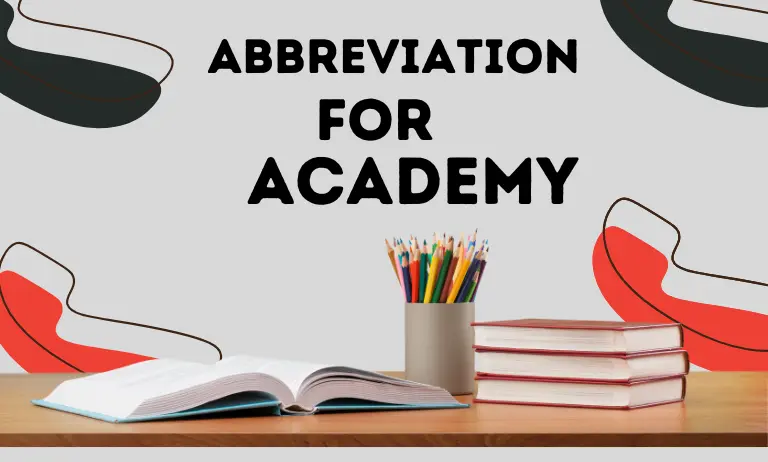Best 9 Overview about Part of Speech
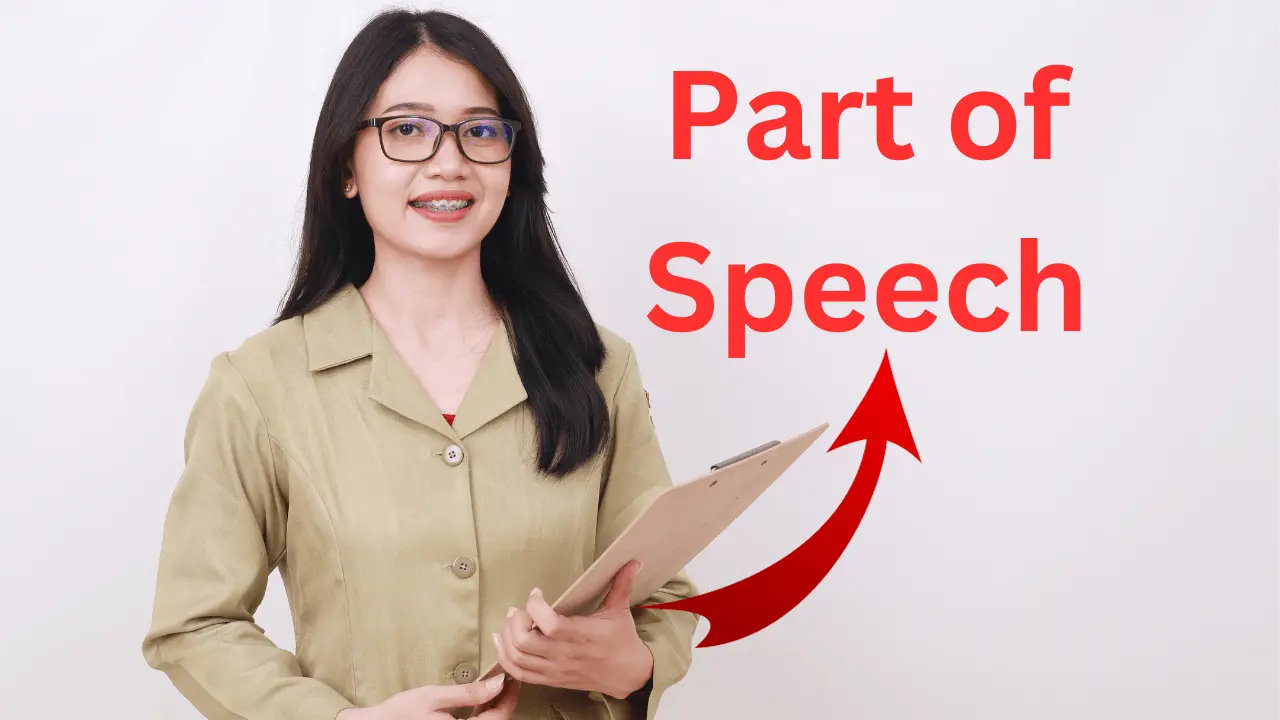
Example and Function of 9 Part of Speech
It indicates how the word functions in meaning as well as grammatically within the sentence. Do you want to speak English as a professional? Therefore, read these instructions which are provided to you in the form of an article carefully and with full attention.
Furthermore, it’s necessary for everybody to know how to pronounce sentences. In short, we can say that the term ‘part of speech’ refers to words that perform different functions in a sentence in order to give the sentence a proper meaning and structure.
Part of Speech
It‘s divided into 9 terms of part of speech which are given below.
- Now, let’s discuss these types in detail Part of Speech.
1. Noun
A noun is a word used for the name of “a person, place or a thing”.
I.e. Ali, book, Lahore, chair, etc are some nouns.
Abasically, nouns are further divided into many types in which “common nouns” are always used for common, and “proper nouns ” always used for particular and also start with capital letters. Sometimes nouns are used in sentences as different characters like a subject, object, and so on.
Nouns used in sentences:
2. Pronoun
Those words that are used to replace nouns are called pronouns.
I.e. He (for boy), She (for girl), It, We, They, You, and so on are few pronouns.
Pronouns are further divided into types like: “personal pronouns” refer to particular persons or things; “possessive pronouns” indicate ownership.
Pronoun used in sentences:
3. Verb
A verb is a word which tells us about an action, experiences or feelings. It’s also used between subject and object.
I.e. eat, play, walk, join, live, stop, and so on are some verbs.
Verbs also take different forms to express arduous. Also, Transitive and intransitive forms of verbs are used to denote how a verb acts when used with a direct object and an indirect object.
Verb used in sentences:
4. Adverb
An adverb adds something to the meaning of a verb. Also, it tells us how the action of the verb is done.
I.e. Fast, slowly, smoothly, quickly, randomly, early, 10 a.m. etc. are few adverbs.
Note: The adverb is always used after the verb.
Many adverbs are formed by adding “ly” at the end of adjectives like slow-slowly. However, if the adjective ends in “y” remove the “y” and add “ily” like happy-happily.
Adverb used in sentences:
5. Adjective
A word which shows the quality of a noun or pronoun is called an adjective. Also, the adjective always comes before the verb.
I.e. Lazy, ugly, beautiful, clever, pretty, and so on are a few adjectives.
Adjective used in sentences:
6. Preposition
A preposition is a word that indicates to us how one thing is related to another.
I.e. In, at, under, towards, into, up, down, on, above, from, etc are some prepositions.
Some prepositions tell us where someone or something is. These’re called prepositions of place.
Preposition used in sentences:
7. Conjunction
Conjunctions are connectives that join 2 words or 2 parts sentences or clauses. Without conjunction, the 2 parts would be separated sentences.
I.e. And, because, or, but, yet, etc are some famous conjunctions.
Coordinating conjunctions connect grammatically equal elements: and, but, or, nor, for, so, yet. Subordinating conjunctions connect clauses that are not equal: because, although, while, since, etc.
Conjunction used in sentences:
8. Interjection
An interjection is a word used to express a sudden feeling of joy and sadness. It is always followed by an exclamation mark.
I.e. Hurrah!, Alas!, Uff!, Oh Shit!, Oho!, Wow!, etc are some interjections.
Interjection used in sentences:
9. Article
‘A’, ‘an’, and ‘the’ are called articles. Also, articles are used before nouns. We use ‘the’ for special names, and when we talk about specific things. I.e. The Indus River, The Dawn, The Holy Quran, etc. This’s also called definite article (the).
We use ‘an’ before nouns which begin with the vowel sounds. I.e. an apple, an eagle, an umbrella, etc. Furthermore, we use ‘a’ before singular nouns which begin with the consonant sounds. I.e. a tomato, a plant, a friend, etc. Both are called indefinite articles (an, a).
Article used in sentences:
FAQs
Conclusion
Lastly, understanding parts of speech is essential for determining the true definition of a word when using the dictionary. Fundamentally, we tried our best to understand “part of speech and its types” word-by-word in an easy way. Now, we suggest that you learn it carefully and with concentration, and also remember it for the future. Also, thanks for reading.
